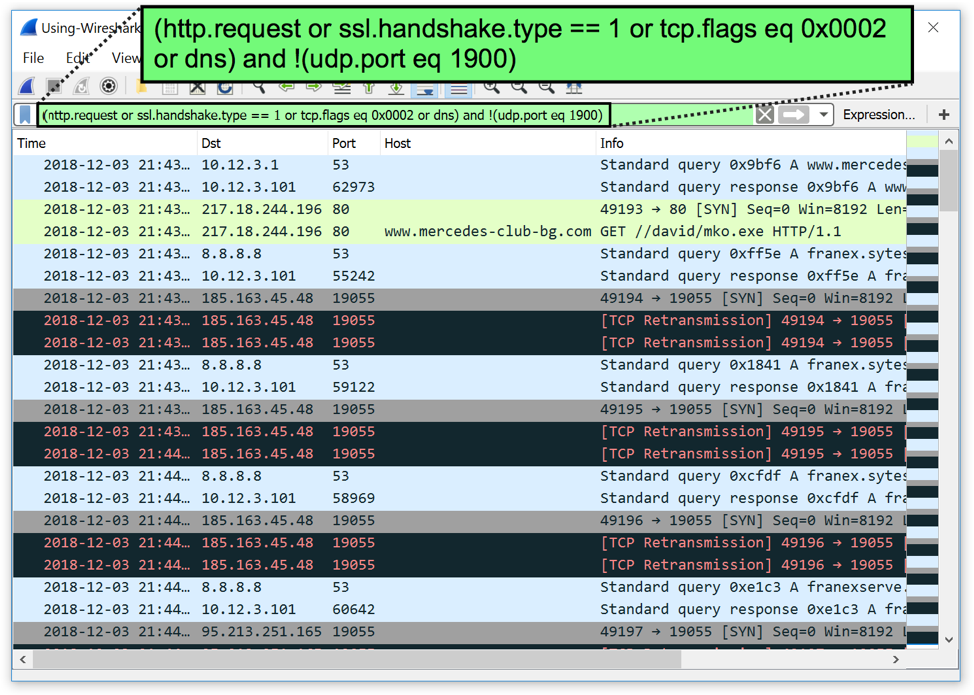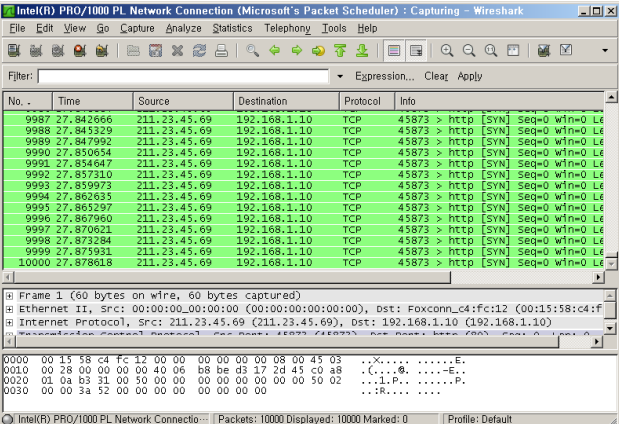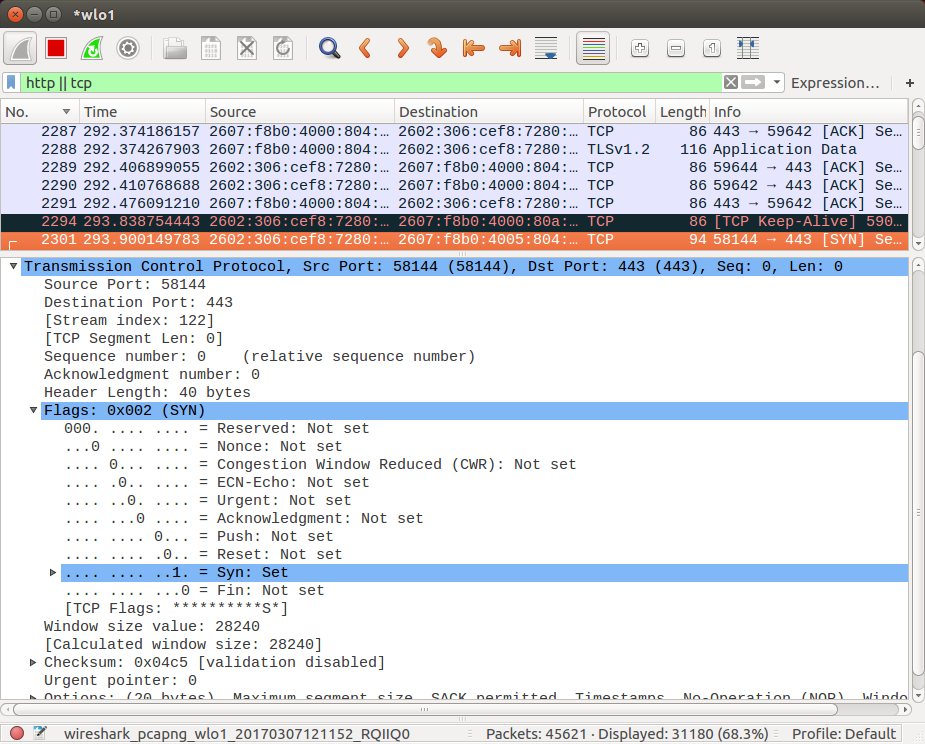
However, to test if you can detect this type of a DoS attack, you must be able to perform one. How to Perform a TCP SYN Flood Attack with Kali Linux & hping3 At this point the server will no longer be able to serve legitimate client requests and ultimately lead to a Denial-of-Service. In this state, the target struggles to handle traffic which in turn will increase CPU usage and memory consumption ultimately leading to the exhaustion of its resources (CPU and RAM). By flooding a target with SYN packets and not responding ( ACK), an attacker can easily overwhelm the target’s resources. In a simpler, direct attack (without IP spoofing), the attacker will simply use firewall rules to discard SYN-ACK packets before they reach him.

In a SYN flood, the attacker sends a high volume of SYN packets to the server using spoofed IP addresses causing the server to send a reply (SYN-ACK) and leave its ports half-open, awaiting for a reply from a host that doesn’t exist: Read our TCP Overview article for more information on the 3-way handshake The connection is therefore established and data can be transferred between them. The finally the client sends an ACK packet which confirms both two hosts agree to create a connection. The server next replies acknowledging the request and at the same time sends its own SYN request – this is the SYN-ACK packet. Since the three-way TCP handshake is always initiated by the client it sends a SYN packet to the server. When a client attempts to connect to a server using the TCP protocol e.g (HTTP or HTTPS), it is first required to perform a three-way handshake before any data is exchanged between the two. There’s plenty of interesting information to cover so let’s get right into it. How to Detect a TCP SYN Flood Attack with Wireshark.How to Perform a TCP SYN Flood Attack with Kali Linux & hping3.

Luckily tools like Wireshark makes it an easy process to capture and verify any suspicions of a DoS Attack. These type of attacks can easily take admins by surprise and can become challenging to identify. In a SYN flood attack, a malicious party exploits the TCP protocol 3-way handshake to quickly cause service and network disruptions, ultimately leading to an Denial of Service (DoS) Attack.

We’ve included all necessary screenshots and easy to follow instructions that will ensure an enjoyable learning experience for both beginners and advanced IT professionals.ĭoS attacks are simple to carry out, can cause serious downtime, and aren’t always obvious. This article will help you understand TCP SYN Flood Attacks, show how to perform a SYN Flood Attack (DoS attack) using Kali Linux & hping3 and correctly identify one using the Wireshark protocol analyser.


 0 kommentar(er)
0 kommentar(er)
